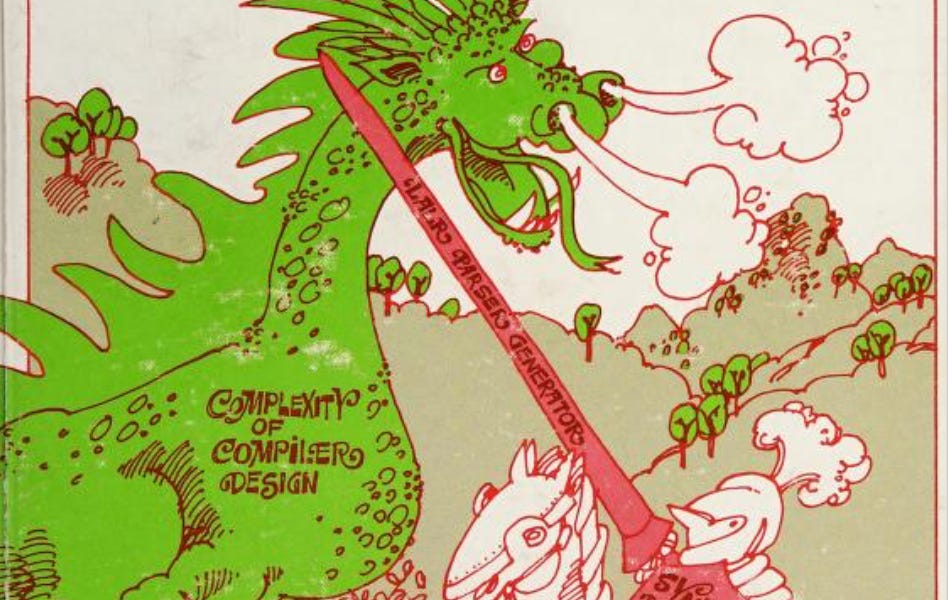Get the latest tech news
Evidence on the presence and history of assortative mating
Non-random mating can complicate genetic studies, but implications hinge on its history in prior generations. Here, the authors use genetic similarity between relatives to investigate which traits show evidence of recent changes in mating behavior.
Next, we correlated polygenic indices of 47,135 co-parents from the Norwegian Mother, Father, and Child Cohort Study (MoBa) and found genetic evidence of assortative mating in nine out of sixteen examined traits. As described in Corfield et al. 27 relatedness relationships in MoBa were inferred from genetic data by applying KING programs 66 to a subset of single nucleotide polymorphisms (SNPs) with call rate < 98% and minor allele frequency (MAF) < 5%. Prior to calculating correlations between partners and relatives, we residualised the polygenic indices by regressing out the first 20 principal components of genetic ancestry, as well as chip, imputation, and batch number.
Or read this on Hacker News